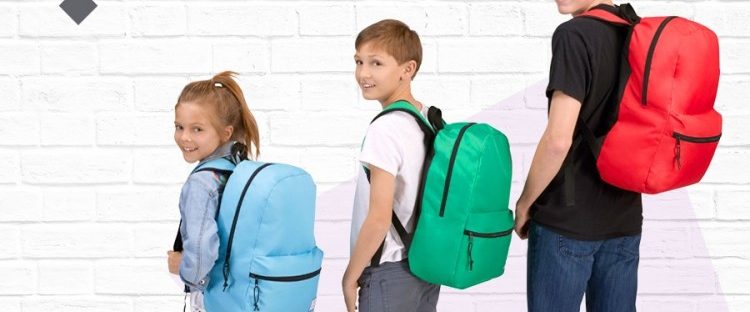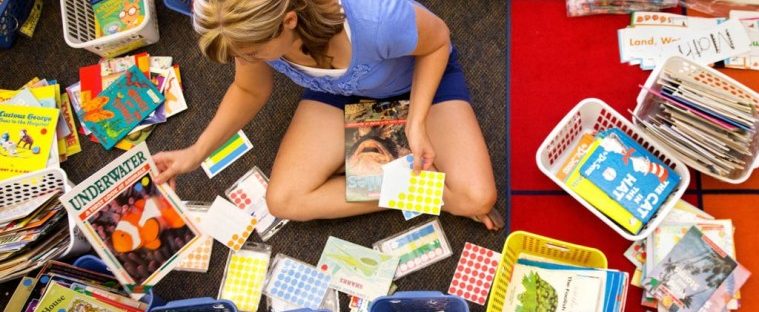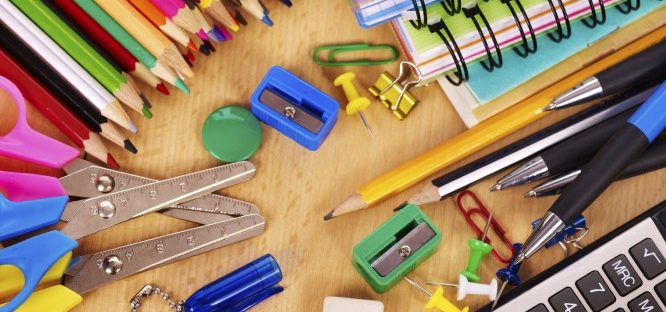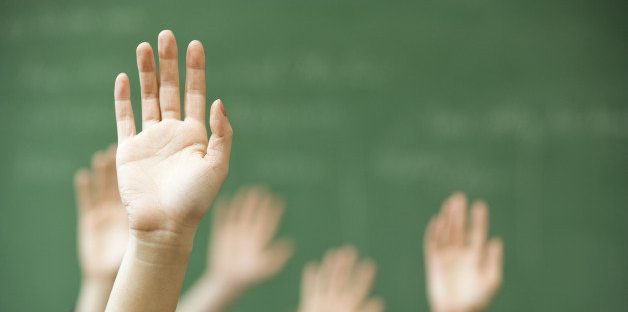DollarDays, a strategic platform for charities, nonprofits and other betterment organizations to purchase wholesale goods, today unveiled its Forward™ collection of backpacks. The company developed this exclusive, retail-ready line to better assist these groups with fulfilling their outreach projects and other missions. “Every child deserves the right tools to support their educational journey,” explained Shelly … Continue reading DollarDays Launches Affordable Backpacks for Nonprofits, Schools
Back to School Bucks Seasonal Trends, Becomes Big Business
As national uproar spreads around teacher pay and educational funding, questions are also being raised around whether schools are increasingly underfunded for classroom supplies. Class supply lists continue to grow and are becoming more costly for families nationwide. DollarDays, a premier supplier of school supplies, recently released a report that up to 85% of supplies were being … Continue reading Back to School Bucks Seasonal Trends, Becomes Big Business
Teacher Spend Hundreds out of Pocket on School Supplies
Parents aren’t the only ones who spend big on back-to-school supplies. Thousands of teachers around the United States offset their school supply budgets by forking over close to $600 of their own money just for the most basic of supplies. Some of the most sought-after items include staples, copy paper, holiday decorations and colored pencils, … Continue reading Teacher Spend Hundreds out of Pocket on School Supplies
School Supply Costs Continue to Rise
From backpacks to binders, to USB drives and glue sticks, the rising cost of school supplies is putting a definite pinch on the average families’ budget. When families are simply unable to choose between the grocery bill and the school supply list, it's our children that suffer, often creating a class system in our public … Continue reading School Supply Costs Continue to Rise
Teachers Create Our Future
All of us have bragged about the great teachers we've had who have helped us along in life, but not every teacher is wonderful. Some teachers just don’t strive to improve and help kids. According to About Education, ineffective teachers share similar characteristics: They lack the ability to manage their classrooms. If they can’t control … Continue reading Teachers Create Our Future
Businesses Need American Education to Be Great
Listening to the [2016] presidential debates, all [of] the candidates want to make America better than it is today. They want America to lead the world, not to follow. According to Ranking America, [the United States leads] the world with the largest prison population at 2,217,000 prisoners, followed by China at 1,657,812 and Russia at … Continue reading Businesses Need American Education to Be Great
Who Pays for Our Kids’ Education?
CBS News reported there are 200 one-room public schools located in rural areas left in America. At one time, just about every child was taught in a one-room school. Our second president, John Adams, taught in a one-room school near Boston. Abraham Lincoln was educated at a one-room school. Henry Ford loved his one-room schoolhouse … Continue reading Who Pays for Our Kids’ Education?
Kids Lose Their Future to Poverty
Now that one school year is over and we are preparing for the next, June is a month of reflection for educators and parents on how to do better [for the] next school year. It is hard enough for students to learn at school in today’s world. You throw in overcrowding, teacher-to-student ratios, poverty affecting … Continue reading Kids Lose Their Future to Poverty
Teachers Have It Rough, but Kids Are the Ones Who Suffer
With the start of the school year, we have yet another terrifying shooting incident—[this latest], at the McNair Discovery Learning Academy [...] in Decatur, Ga., [occurred] less than a year [...] from the tragedy in Newtown, Conn. Between Newtown and Decatur, the United States has [witnessed] 12 other shootings at schools. I just can’t [imagine] … Continue reading Teachers Have It Rough, but Kids Are the Ones Who Suffer
Back to School: It’s Make-It-or-Break-It Time for the Economy
Spending this fall for students K-12 is expected to drop 12%, according to a National Retail Federation survey reported in The Wall Street Journal. The average that will be spent on each kid is $634.78, down from $688.62 in 2012. Even those going to college are expecting decreases from $836.80 this year [compared to] $907.22 … Continue reading Back to School: It’s Make-It-or-Break-It Time for the Economy




